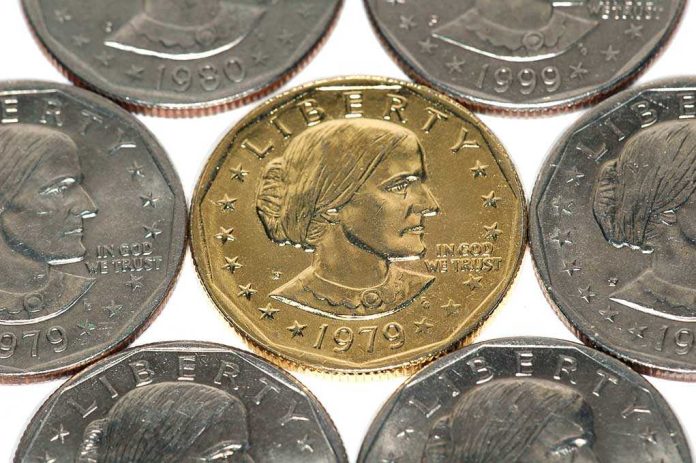
After 230 years of continuous production, the United States Mint has officially stopped making pennies, marking the end of an era defined by economic inefficiency and a public that increasingly views the coin as worthless pocket litter.
Quick Take
- The U.S. Mint ended penny production in November 2025 due to production costs exceeding face value by nearly 200 percent
- Americans discard approximately 68 million dollars in coins annually, with pennies comprising the bulk of this waste stream
- Digital payment adoption and persistent inflation eroded the penny’s practical utility over decades
- The decision reflects a broader shift toward currency modernization and fiscal responsibility in government spending
The Math That Killed the Penny
For years, the U.S. Mint operated at a loss on penny production. By 2023, manufacturing a single penny cost 3.1 cents—meaning taxpayers lost money on every coin pressed. This negative seigniorage, the difference between production costs and face value, represents pure fiscal waste. The government continued this practice despite mounting evidence that the penny served no practical economic purpose in modern commerce.
How Americans Voted With Their Wallets
Consumer behavior provided the real data behind the decision. Waste management firms report that Americans throw away coins at an alarming rate, with pennies dominating the refuse stream. Reworld and other waste processors now recover millions in discarded currency annually, with pennies comprising the largest portion. When citizens treat currency as garbage, policymakers eventually notice. The Treasury Department did, and the math was undeniable.
Inflation accelerated this trend dramatically. A quarter in 1980 purchased significantly more goods than today. The penny, already marginal, became genuinely useless. Vending machines transitioned to digital payment systems. Retailers stopped stocking penny rolls. Consumers left coins on convenience store counters rather than pocket them. The penny didn’t disappear overnight—it was abandoned gradually by the very people who once used it.
Digital Payments Delivered the Final Blow
Credit cards, debit cards, and mobile payment applications eliminated the penny’s last practical justification. Younger generations rarely carry cash at all. Older consumers increasingly prefer electronic transactions for convenience and security. The penny, already economically inefficient, became technologically obsolete. When payment systems no longer require physical coins, the argument for maintaining them collapses entirely.
What Happens to Your Existing Pennies
Existing pennies remain legal tender indefinitely. They won’t disappear overnight from circulation. However, expect their presence to diminish steadily as worn coins exit use and no new production replaces them. Banks will continue accepting them. Retailers will process them. But the psychological shift has already occurred—Americans have decided pennies are worthless, and the government finally agreed.
The Broader Currency Question
Eliminating the penny opens discussion about other low-denomination coins. The nickel faces similar economic pressures. Some economists propose consolidating coin denominations or transitioning toward a primarily digital currency system. Canada eliminated its penny in 2013 without economic disruption. Australia phased out its one-cent coin in 1992. The United States follows an established international precedent, though considerably later than peer nations.
The decision reflects fiscal maturity—recognizing that tradition and habit should not justify wasteful spending. Government exists to serve citizens efficiently, not to maintain outdated systems for sentimental reasons. The penny served its purpose historically but outlived its utility. Acknowledging this reality and acting accordingly demonstrates responsible stewardship of public resources.
Sources:
US ends penny-making run after more than 230 years
Another Effect of Inflation: In the Long Run, People Are Throwing Their Coins in the Trash









